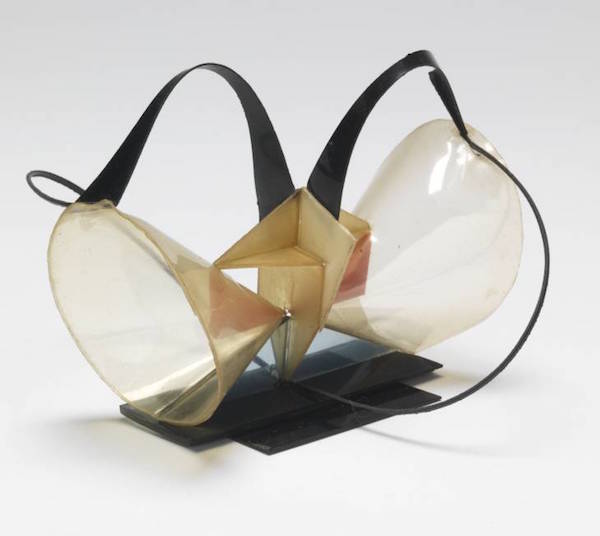

The use of innovative new materials such as plastics, PVC, polyester, and polyurethane in contemporary art is creating some unique challenges for restaurateurs.
The Guardian reports that research is being conducted by London’s Victoria & Albert Museum in association with Imperial College and University College London to come up with solutions to the challenges posed by the conservation of 20th century artworks made from plastics.
On Tuesday the Royal Institution in London hosted a panel discussion in association with art insurers Hiscox on the topic.
Speaking to the Guardian before the conference, Sandra Smith, the V&A’s head of conservation, admitted “It’s something that museums all over the world are trying to find a solution to. We’re doing a lot of work collectively to try and find answers … Plastics are such a relatively modern material in terms of mankind, we’re on that learning curve.”
As an art and design museum, the V&A’s extensive plastics collection is especially susceptible to decay. Items such as the Blow Chair (1969), the first mass produced inflatable chair; an early Larry The Lamb toy (1970); and a PVC mini dress by Stephen Willats (1960s), are all slowly but surely decaying into states of disrepair.
She added that plastics are a “brittle” material and that widely-held perceptions of plastics as a “stable” material are largely inaccurate.
Museums such as the Tate are already developing replicas of key plastic artworks, such as early sculptures by Naum Gabo, who was one of the first artists to experiment with plastic materials in the 20th century.
Robert Read, head of art and private clients at Hiscox called plastics restoration “tricky.” He said “There’s a lot of contemporary art being sold now. That’s why [this] is an interesting topic. A lot of the work is made out of innovative material, and a lot is being sold for very high prices. That’s what prompted this debate.”






